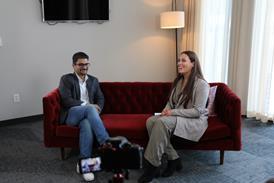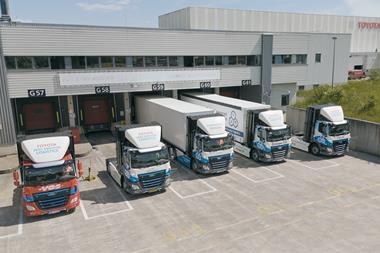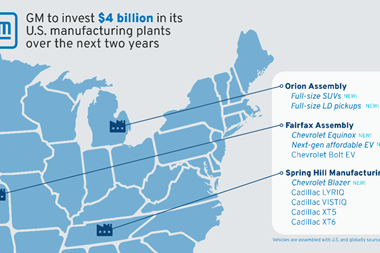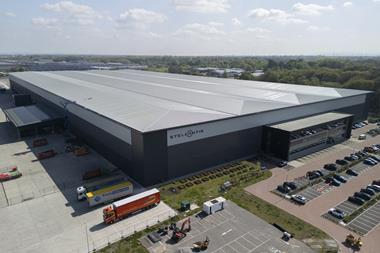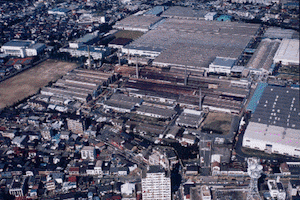 Toyota-affiliated Aichi Steel resumed operations at its Chita plant in central Japan on Monday (March 21st) after a two-month outage for repairs.
Toyota-affiliated Aichi Steel resumed operations at its Chita plant in central Japan on Monday (March 21st) after a two-month outage for repairs.
The plant was hit by an explosion in January that affected the No.2 Bar Mill Shop building and as a consequence of the resulting cut in steel components, Toyota was forced to shut down parts and vehicle assembly plants across Japan.
Aichi supplies structural steel components for a variety of Toyota parts used in engines, transmissions and chassis.
The explosion was caused by gas leaking from valves in a reheating furnace. No one was seriously hurt, though four employees were taken to hospital for precautionary medical checks.
The closure of the Aichi plant forced Toyota to suspend operations at all domestic plants for six days in February, including the main assembly factories of Motomachi, Takaoka, Tsutsumi and Tahara, as well as 12 plants among six body makers and seven units making engines, transmissions and other major components.
Estimates of how much production Toyota lost as a result have varied from more than 70,000 vehicles to around 100,000, the latter figure reported this week by Japan’s Koyodo news agency which also suggested the carmaker was increasing output to make up the shortfall by the third quarter.
In a statement announcing the restart of production, Aichi said: “We are implementing thorough measures to prevent a reoccurrence of this situation and are working to strengthen our production and supply systems to rebuild our customers’ trust and peace of mind.”
Those measures include adding an interlock function for the air purge and ignition processes to act as a fail-safe, and more intensive training of operators.
The Aichi incident has once again focused attention on Toyota’s just-in-time production system and its vulnerability to major disruptions.
After the 2011 earthquake and tsunami in Japan, the company reviewed its supply chain, carried out risk-management assessments and devised strategies to reduce interruptions in production. They included the so-called Rescue System that shares domestic supply chain information, with Toyota receiving confidential information from suppliers to build up a database to help protect Japan’s wider manufacturing sector.
Aichi Steel, which is partly owned by Toyota, has taken similar actions. For example, it is now outsourcing alternative production and has drawn up detailed information to improve crisis management.
“While carefully reviewing the effect our actions had on customers’ production, we are examining our handling of this situation,” Aichi said in its statement. “We realise the need to work more closely with customers in order to establish a stronger and more resilient supply chain and not trouble or inconvenience our customers again.”
The company added that the full financial impact of the accident was still being assessed and would be reported with the financial results for the fiscal year ending March 31st. It is currently forecasting a net loss of ¥1.8bn ($16.1m), however, compared with net earnings of ¥6.0bn the previous year.
Toyota, meanwhile, has raised its net profit forecast to ¥2.27trn for fiscal 2015 from an earlier ¥2.25trn – though it has cautioned that this prediction excludes any impact from the domestic production suspension in February.






